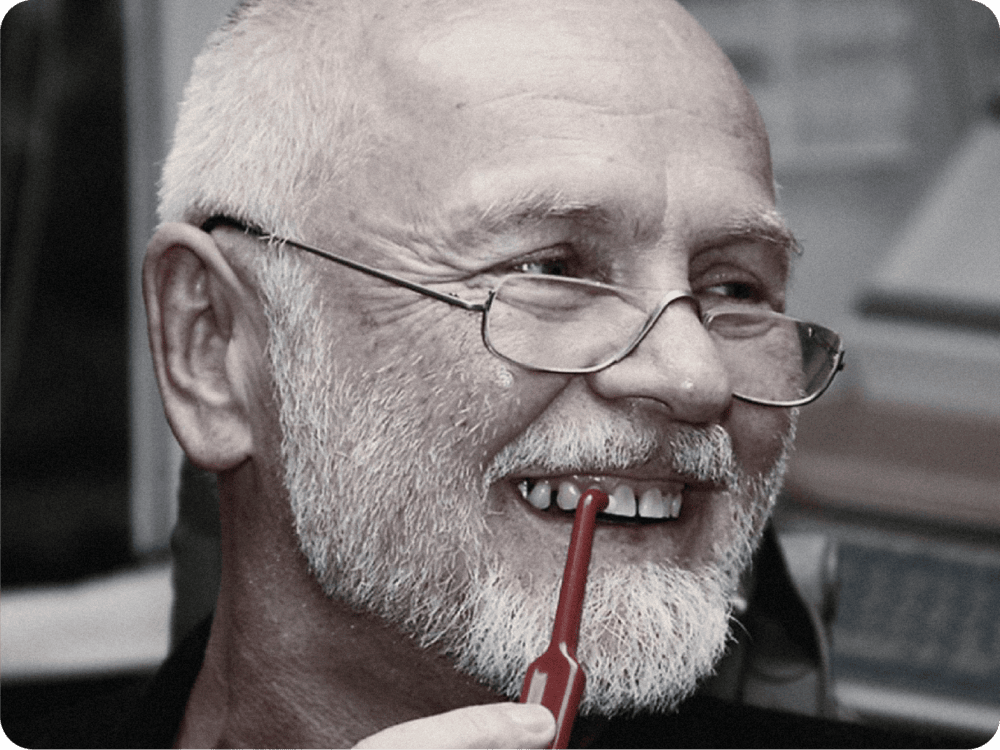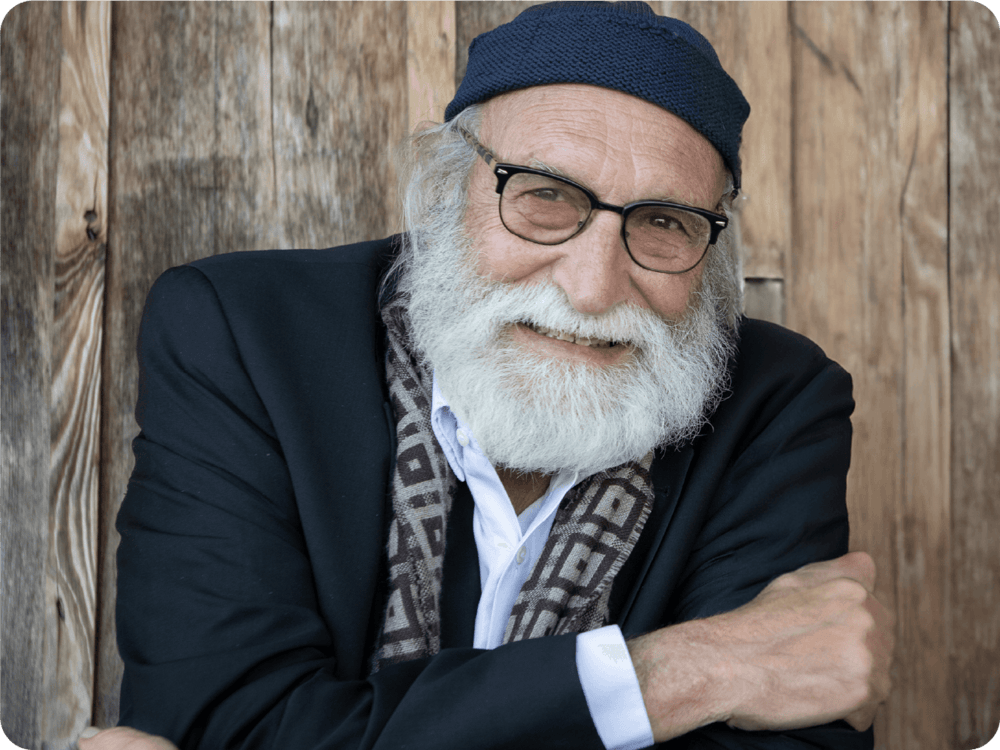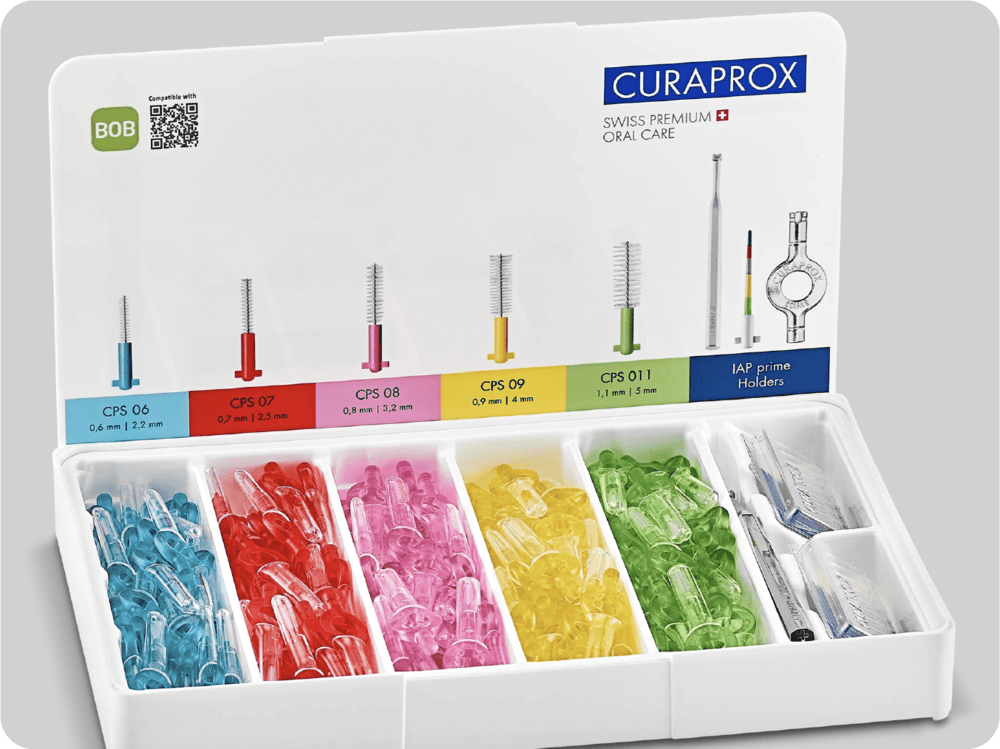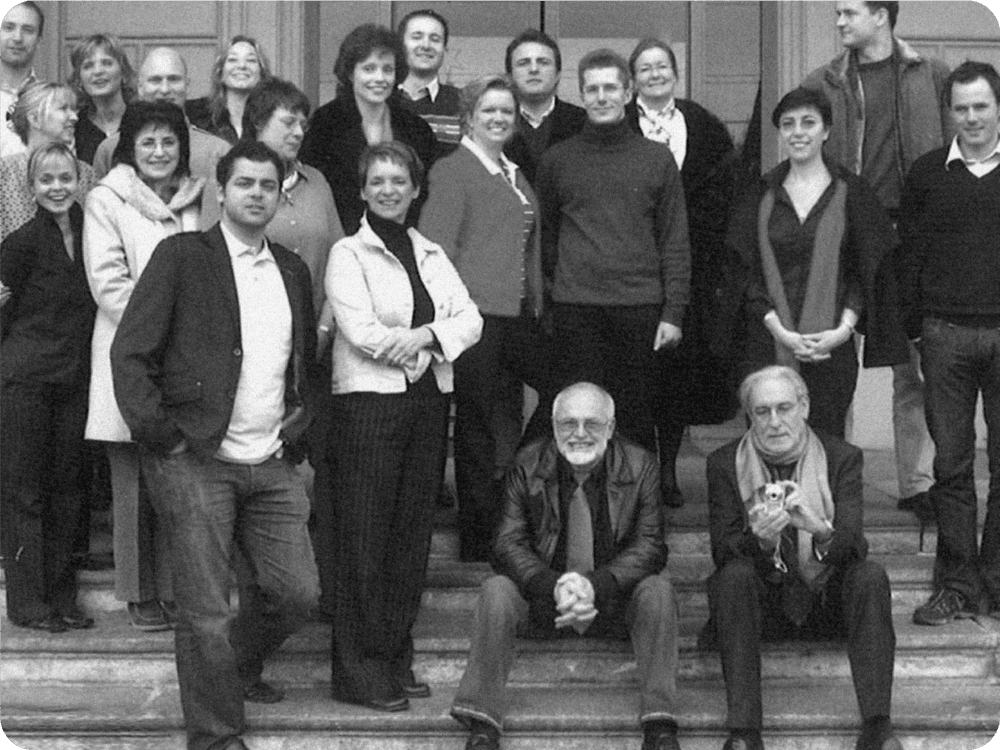The Story of iTOP: From Vision to Reality
A Realisation
Dr. Jiří Sedelmayer graduates in dentistry and soon realizes traditional prevention teaching isn’t enough. In his role as university lecturer, he witnesses daily that dental students suffer from preventable oral diseases - a result of insufficient oral hygiene routine. This sparks his lifelong mission to transform prevention through better education.

A New Method is Born
Sedelmayer develops Touch to Teach (T2T), a hands-on, patient-centered method that empowers oral health professionals to guide patients with practical, personalized care.

A Shared Vision
Curaden CEO Ueli Breitschmid attends Sedelmayer’s lecture and is deeply inspired by his approach to prevention through education. The encounter marks the beginning of a close collaboration – combining Curaden’s commitment to health with Sedelmayer’s teaching philosophy.

Tools Meet Technique
Together with Curaden, Dr. Jiří Sedelmayer develops key innovations for primary prevention: CPS Prime interdental brushes, the Interdental Access Probe and the modified Interdental Bleeding Index (IBI, BOB). Designed to complement Sedelmayer's method, these tools help professionals train and coach patients in effective biofilm management.

iTOP Begins
The first official iTOP seminar is held in Lucerne, Switzerland: a milestone where Sedelmayer's philosophy of hands-on, evidence-based prevention school takes formal shape and begins to spread globally.

Deepening the Method
MUDr. Sedelmayer continues lecturing and integrating iTOP into the dental curriculum in the Czech Republic and Slovakia. Later, he designs a comprehensive six-week course at Charles University in Prague, combining theory, hands-on sessions and a clinical exam, further advancing the educational approach.

A Legacy Continues
Dr. Jiří Sedelmayer passes away, but his legacy lives on. His wife, Dr. Lucie Sedelmayer, together with certified iTOP professionals worldwide, continue to carry forward the mission.

A Global Impact
Over 100,000 oral health professionals from over 60 countries have completed iTOP training – a testament to the lasting impact of this human-centred approach to prevention.
